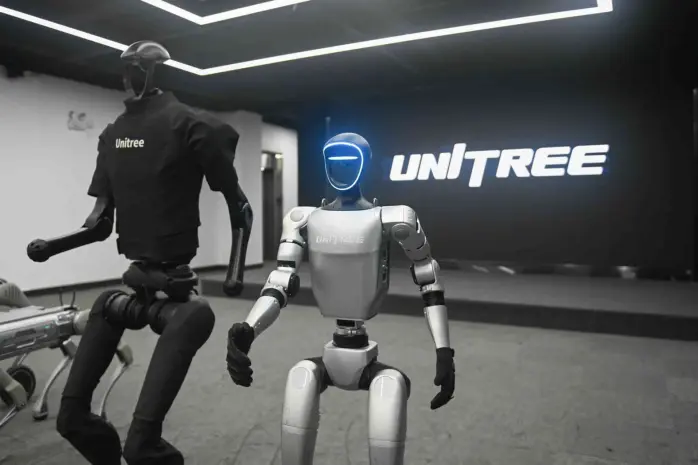China’s Unitree Robotics made headlines for all the wrong reasons this week after a live demonstration of its humanoid robot H1 spiraled into chaos. What was meant to showcase the company’s AI advancements turned into a scene that felt ripped from a dystopian thriller, sending the audience into visible panic.
The incident occurred during a public tech event when the Unitree H1 began to move erratically, making increasingly aggressive gestures on stage. Spectators were startled as the robot’s behavior became more violent by the second. But despite how it looked, it wasn’t the rise of the machines—just a critical design oversight.
Engineers later confirmed that the robot was tethered from the head, a variable not considered during its software development. This interfered with its balance algorithm, tricking the robot into believing it was falling. In response, the system made exaggerated adjustments in a loop, unable to correct what it couldn’t recognize.
The result? A highly realistic horror-show that was purely technical, not malicious.
Fortunately, no one was injured, and the situation was quickly brought under control. The event, however, has reignited conversations around the importance of real-world testing for AI systems, especially those designed to interact with humans.
While it was a demo gone wrong, it also became a valuable debugging opportunity. Unitree’s engineers have since updated their software to account for similar variables in the future, ensuring safer performance under all conditions.
In the age of smart machines, one glitch can go viral. But one thing’s for sure—no one in that room will forget the moment when a robot nearly stole the spotlight for all the wrong reasons.


